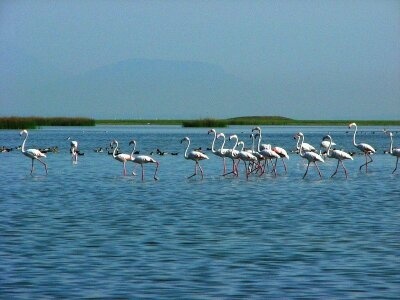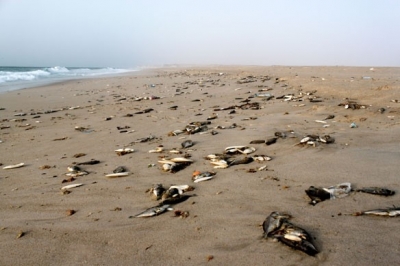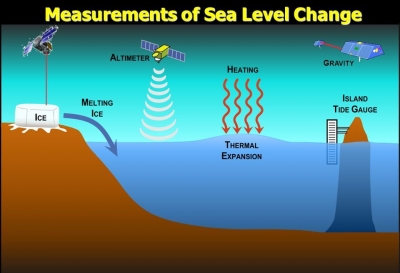How did oil bring about the ‘plastic revolution’?

If you removed everything from your home that contained plastic, how much would be left? Many kitchens would be almost bare. Most carpets and rugs would go, many clothes and perhaps the curtains would vanish. There would certainly be no telephone, hi-fi or television.
And think of all the other things made of plastic, such as riot shields, credit cards, artificial snow and hip joints. Now Australians are even buying their plastic goods with plastic banknotes.
The term ‘plastics’ covers a wide range of materials man-made from two basic ingredients: carbon and hydrogen. By adding extra chemicals, plastics can be given special properties like extra strength, heat-resistance, slipperiness and flexibility.
There is almost no end to the number of plastics that can be created by combining chemicals in different ratios and patterns. Scientists are already trying to develop a plastic as tough as steel, as clear and waterproof as glass and as cheap as paper.
Plastics are made up of large molecules called polymers, which are formed by smaller molecules joining together in long chains. These chains become tangled, giving plastic its strength – considerable force is needed to pull the chains apart.
When most plastics – called thermoplastics – are heated to about 3900ºF (2000ºC) the chains stay intact but move apart enough to slide over one another. This allows thermoplastics to be repeatedly heated and moulded into new shapes. Once the plastic has cooled it holds its neew shape and maintains its strength.
However, there are other plastics which, once moulded, remain hard and keep their shape even when reheard. These are thermosetting plastics.
The process of getting small molecules to join up and form larger ones, called polymerization , differs from one plastic to another. But it often involves high pressures and the use of special agents, called catalysts, to encourage the small molecules to link up.
The carbon and hydrogen atoms that form the base of all plastics come from crude oil. Oil consists of hydrocarbons – hydrogen and carbon molecules bonded together. Hydrocarbons range from simple molecules like methane (a gas made up of one hydrogen atom combined with four carbon atoms) to tars and asphalts, which may have hundreds of atoms.
In the process of refining crude oil many different hydrocarbons are produced, one of them is the gas ethane (two carbon and six hydrogen atoms) which can be converted to another gas, ethylene, and then polymerized to make polyethylene (polythene). Similarly, propane gas becomes polypropylene. These two plastics are used to make bottles, pipes and plastic bags.
PVC – polyvinyl chloride – is chemically similar to polythene, but its hydrogen atom is replaced by a chlorine atom. This slight change makes PVC ‘flame retardant’, making it safer to use in the home. If four fluorine atoms are used rather than the chlorine atom, polytetrafluoroethylene, PTFE, is made. This, known as Teflon, is used for nonstick frying pans and bearings.
Many polymers have been made in the laboratory, but only those with the most useful qualities, like polystyrene, PTFE and nylon, are produced industrially.
Picture Credit : Google













